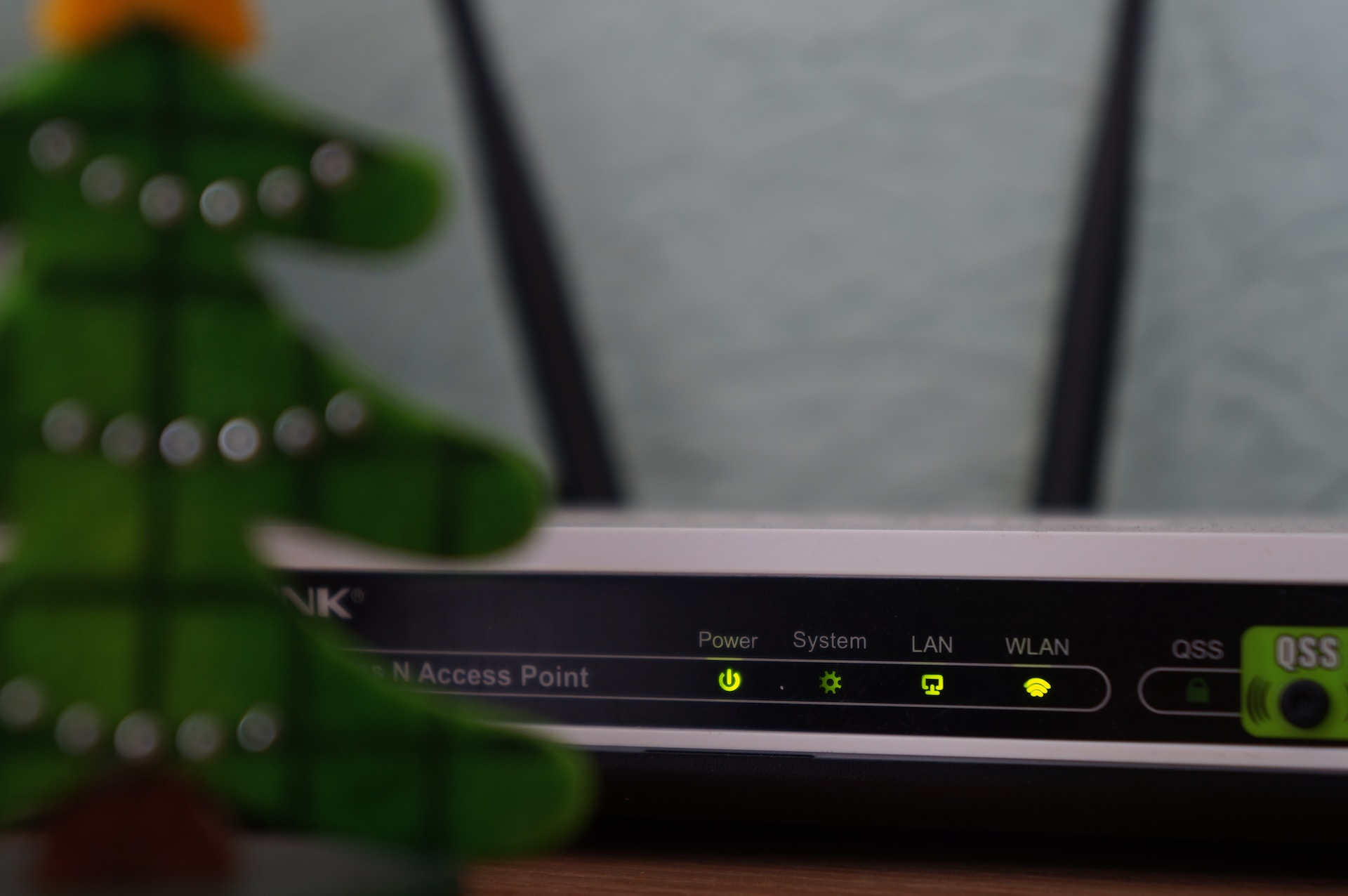If you’re experiencing slow internet speeds or poor Wi-Fi signal in your home, your router may be the culprit. There are several factors that can impact the performance of your router, including outdated firmware, interference from other devices, and the router’s location within your home. Luckily, there are several tips and tricks you can use to maximize your router’s performance and improve your internet experience.
Many routers have settings that can be adjusted to improve performance, such as channel selection, QoS settings, and guest networks. By tweaking these settings, you can ensure that your router is working at its best and providing the fastest possible speeds to all of your devices.
7 Tips for Maximizing Your Router’s Performance
To maximize your router’s performance, you need to optimize your Wi-Fi signal strength. Here are some tips to help you get started.
Router Placement
The placement of your router is crucial to the strength of your Wi-Fi signal. Place your router in a central location in your home, away from walls and obstructions that can weaken the signal. Keep it away from other electronics that can cause interference, such as microwaves and cordless phones.
Wi-Fi Range Extenders
If your Wi-Fi signal is weak in certain areas of your home, consider using a Wi-Fi range extender. These devices amplify your existing Wi-Fi signal and extend the coverage area. They can be especially useful in larger homes or homes with multiple floors.
Wi-Fi Mesh Systems
Another option for extending your Wi-Fi coverage is a Wi-Fi mesh system. These systems use multiple devices to create a network that covers your entire home. They are more expensive than range extenders, but they provide better coverage and can handle more devices.
Antennas
Upgrading your router’s antennas can also help boost your Wi-Fi signal strength. Consider replacing the stock antennas with high-gain antennas that provide a stronger signal. Some routers also have external antenna ports, which allow you to add additional antennas for even stronger coverage.
Remember to adjust the antennas to maximize signal strength. For example, if your router is on the first floor and you want to boost the signal on the second floor, adjust the antennas so that they are pointing upwards.
In conclusion, optimizing your Wi-Fi signal strength is essential for maximizing your router’s performance. Consider router placement, Wi-Fi range extenders, Wi-Fi mesh systems, and antennas to improve your coverage and signal strength.
Quality of Service (QoS)
QoS is a feature that allows you to prioritize certain types of traffic over others. This can be very useful if you have multiple devices on your network that are competing for bandwidth. For example, you may want to give priority to video streaming over file downloads to ensure smooth playback.
To adjust your router’s QoS settings, log in to its admin panel using its app or web interface and check to see if its QoS feature is enabled. If it’s not, turn it on, and then see if that improves your network performance. You can also set up rules to prioritize certain types of traffic over others.
Router Settings
Take a look at your network’s administrator interface and make sure you have it configured for optimal performance. If you have a dual-band router, you’ll likely get better throughput by using the 5GHz band instead of the 2.4GHz band. The 5GHz band has less interference and is less crowded, which means you’ll get faster speeds and better performance.
Another setting to check is your router’s channel. Wireless routers use specific channels to send and receive data. If your router is set to a crowded channel, you may experience slower speeds and poor performance. Use a tool like Wi-Fi Analyzer to determine which channels are the least crowded, and then switch your router to one of those channels.
Capacity
If you have a large home or multiple floors, you may need to extend your router’s range to ensure that all your devices get a strong signal. One way to do this is by using a high-gain antenna or an omnidirectional antenna. These antennas can help boost your router’s signal strength and improve your network performance.
Another option is to use a wireless repeater or range extender. These devices can pick up your router’s signal and rebroadcast it, effectively extending the range of your network. Just make sure you place the repeater in a location where it can pick up a strong signal from your router.
By following these tips, you can improve your router’s performance and ensure that all your devices get the bandwidth they need.
Conclusion
Optimizing your router’s performance is crucial to ensure a smooth and fast internet connection. The tips mentioned in this article can help you improve your Wi-Fi signal and get the most out of your router. However, if you want to get into the in-depth of the things related to routers, modem and other things internet, check out bcca.org for more.
Remember to keep your router updated with the latest firmware and software, as this can significantly improve its speed and performance. Additionally, try to place your router in a central location in your home and avoid any obstructions that may weaken the signal.











